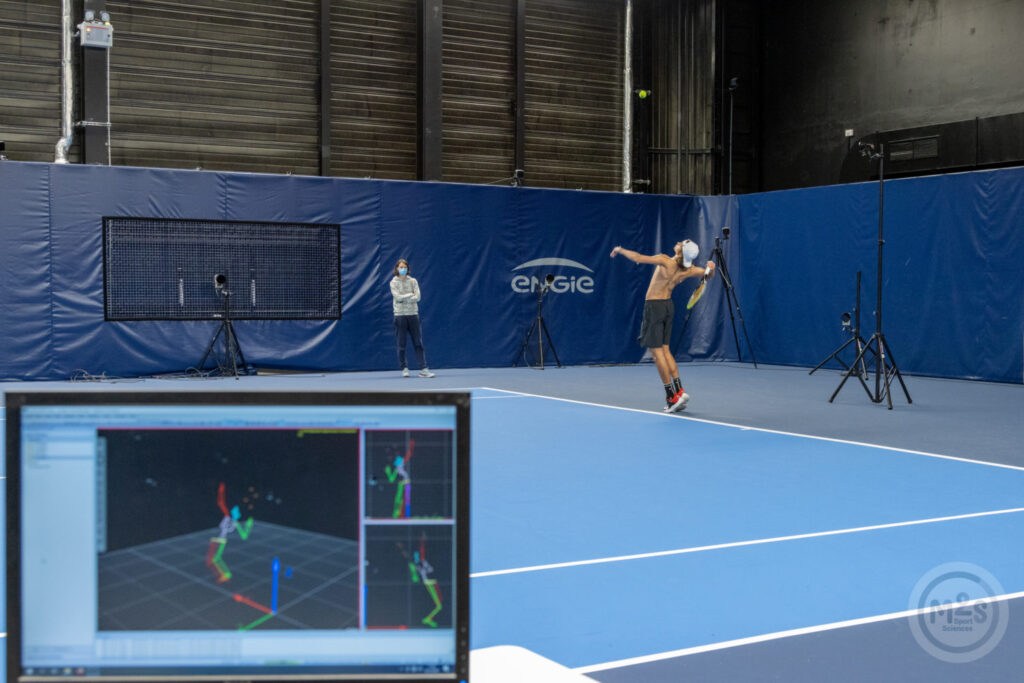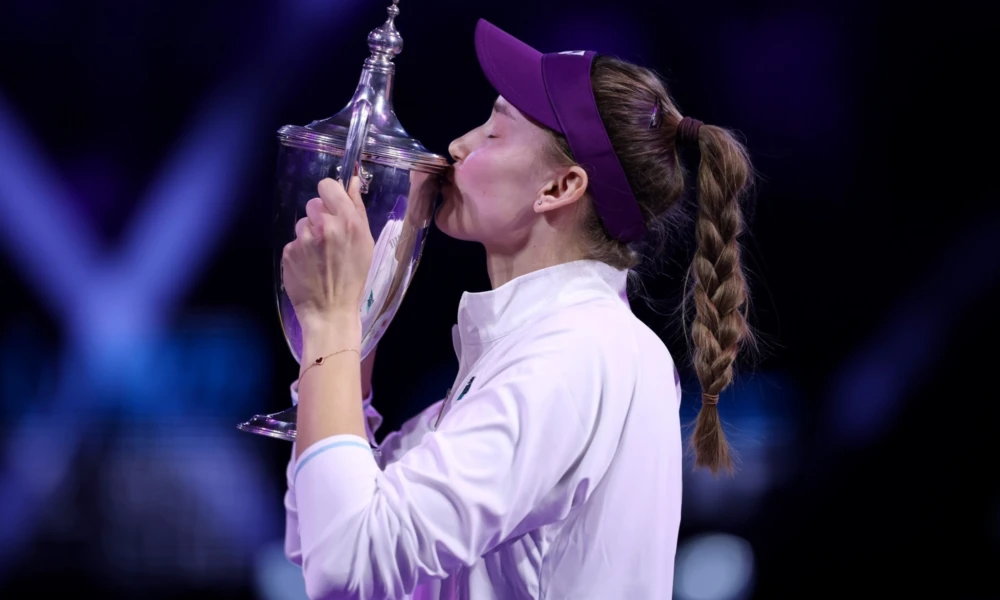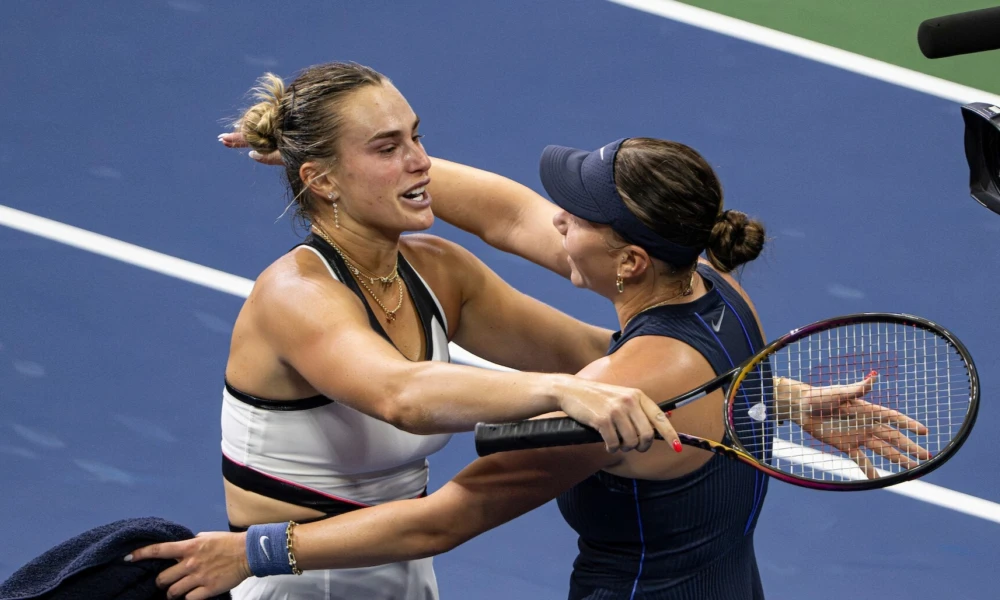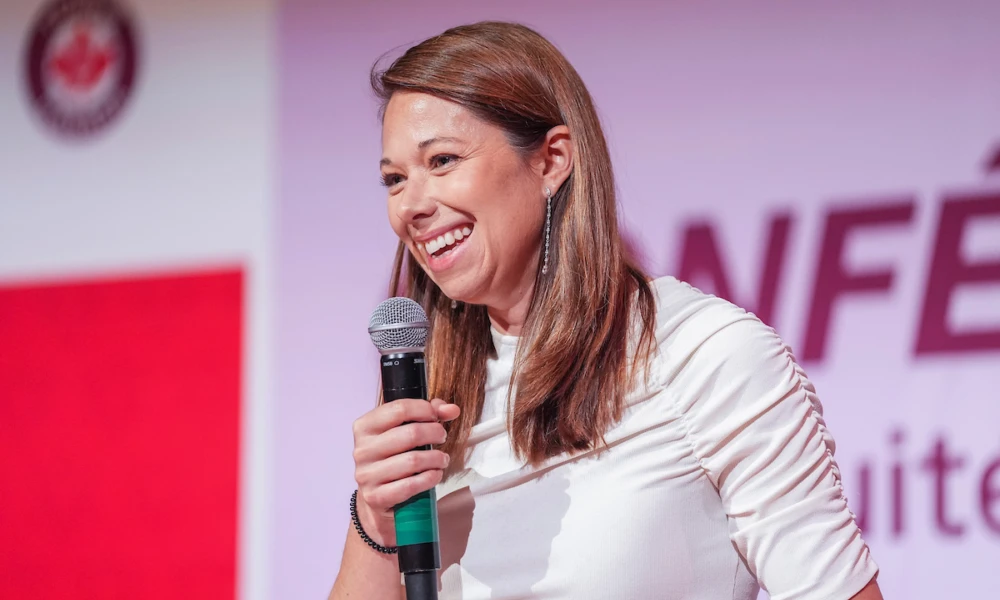Ask fans to name the bane of any player’s existence, and they’ll say the double fault.
I might also add nerves, stress and lack of confidence, but let’s focus on this one key aspect of a match.
Double faults are something our very own Denis Shapovalov has struggled with. Since 2018, he’s consistently been among the top 4 ATP players with the most double faults, averaging six per match.

While Shapo seems to have found a way to live with the thorn in his flesh, that’s not an option for the powerful and talented Aryna Sabalenka. Double faults are a recurring issue that’s stopped her from capitalizing on her potential and aspiring to the No.1 ranking. They aren’t the only issue, but they certainly aren’t helping.
After three years of misery on serve, Aryna found the tools to contain the tide and, just like that, she’s been the World No.2 since January 29, when she won her first Slam in Melbourne.
Has she been talking to a world-renowned performance psychologist?
Nope.
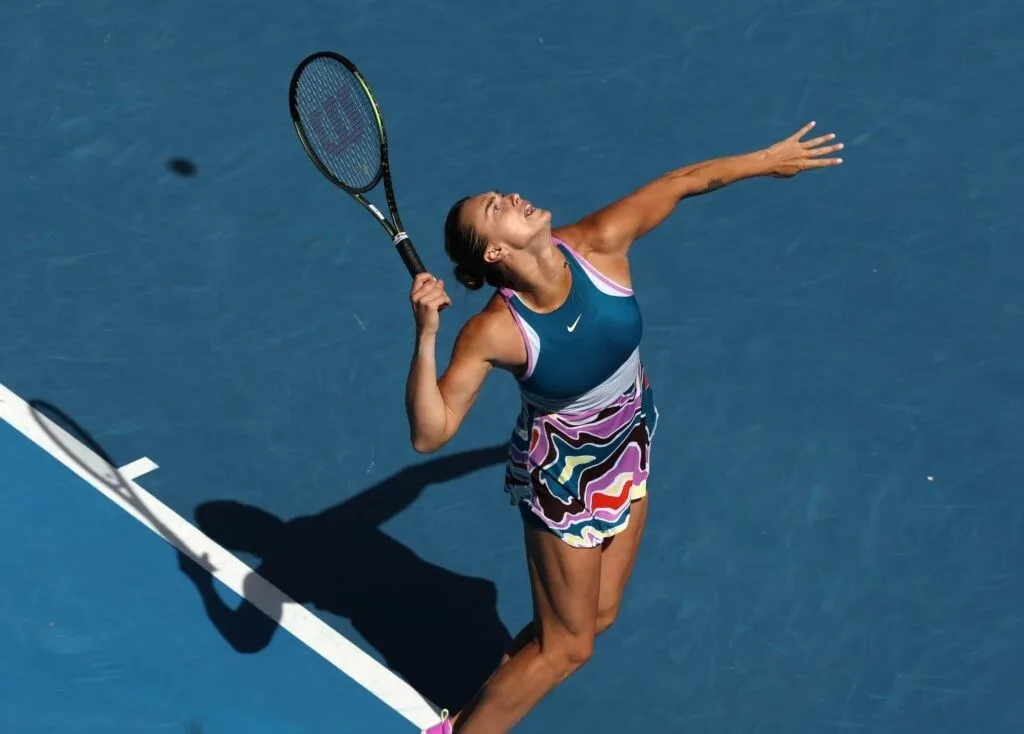
She’s been relying on another science to pinpoint the root of the problem and fix it: biomechanics.
Working with US-based performance specialist Gavin MacMillan, she changed her service motion and her entire game last year.
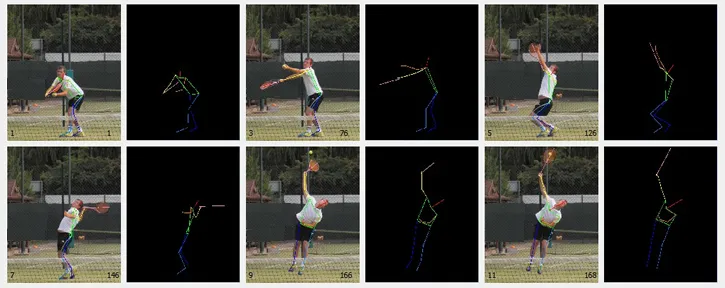
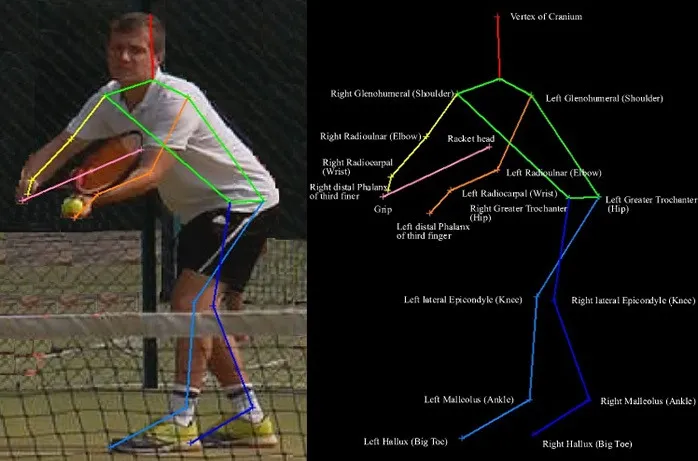
But these experts aren’t only in America, and the field itself isn’t new.
CAROLINE MARTIN: LEADING EXPERT
France, for example, is home to another global authority. In 2013, Caroline Martin completed a 186-page PhD at Université de Rennes entitled Analyse biomécanique du service au tennis : liens avec la performance et les pathologies du membre supérieur [biomechanical analysis of the tennis serve and its connection to performance and upper limb pathologies].
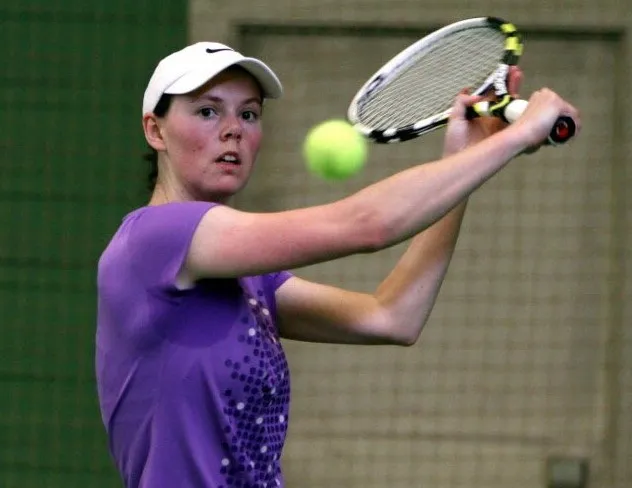
A former high-level player herself, she’s led the Mouvement Sport Santé laboratory in Rennes since 2010, when her publications had already made her a leading expert on the topic.
“The serve is a complex motion, but in terms of experimentation, it’s quite easy to put in place because you don’t depend on the opponent, unlike a forehand or backhand,” she told Le Républicain Lorrain newspaper in 2012. “The movement belongs entirely to the person doing it. You don’t have to worry about a ball coming at you. That makes it easier to establish calibrating conditions and makes the analysis more accurate.”
As she told Christophe Perron over at Courts magazine in 2019, experts first began considering the biomechanics of tennis nearly 40 years ago. Today, the earliest results and rudimentary means have given way to cutting-edge technology.
“Our gym is equipped with about twenty optoelectronic cameras that record the positions of the reflective markers placed on a player. They’re synchronized to reconstitute the movement in 3D. The cameras take 300 images per second. We also use radar, platforms to measure reaction forces on the ground and electromyography for muscles in case of injury,” she explained.
According to Cyril Genevois, a physical conditioning expert who often works with the ITF to train coaches on the benefits of biomechanics, Martin’s reference to injury is an important one, since biomechanics can help identify injury factors and, as a result, help better prevent them.

“If my serve is 200 km/h, I’m efficient. But if I serve at the same speed with a lower energy cost, with less strain on my shoulder, then I’m more efficient. There are great servers, like Patrick Rafter, who were very efficient but paid the price with several shoulder surgeries. With enough hindsight from studies, we now know how to avoid early rotation that can lead to abdominal and shoulder injuries.”
In her article La Clinique du Geste, Caroline Martin discusses a client who came to her in 2018—an up-and-comer named Daniil Medvedev who wanted to improve his game. With is coach Gilles Cervara, he took her advice and saw the results.
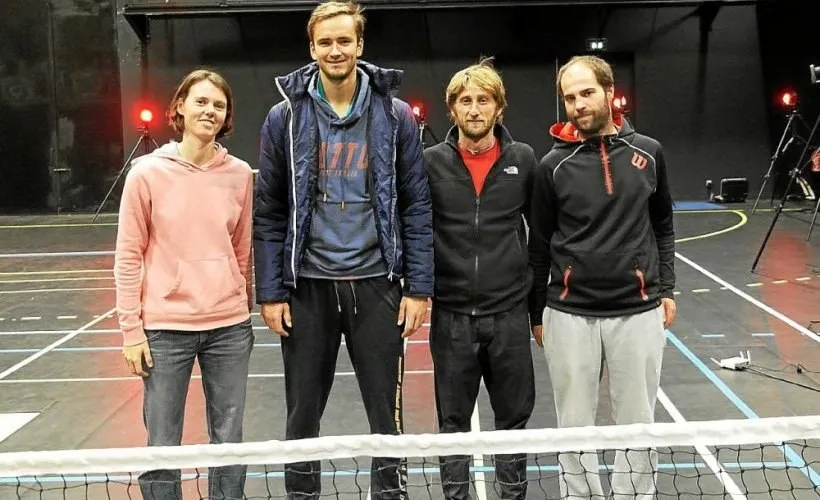
“I was in a process of reflecting on the dynamics of Daniil’s serve. With biomechanics, I wanted to validate my impressions and enable him to see what I thought I was seeing through more scientific means,” she recalls.

We all know how things went for him after that.
In just a few months, he rose from No.60 to No.16. A year later, he barged into the Top 10 and has been there ever since, excluding three weeks last winter.
SAME RESULTS FOR SABALENKA
In 2020, 2021 and 2022, Aryna Sabalenka was the self-proclaimed queen of double faults. Last season, she dominated her nearest competitor with 139 more double faults in only four more matches.
Catastrophic.
We may be only four months into 2023, but she’s already improved tremendously, especially if you compare her current average with last year’s. She’s slashed her double fault count by half.

Even though Iga Swiatek continues to reign supreme, Sabalenka is currently consolidating her position as the No.2 and widening the gap between her and the rest of the pack, namely Jessica Pegula, Ons Jabeur and Caroline Garcia. Like Aryna, Jabeur and Garcia have also called upon biomechanics experts to take their tennis even higher.
Sabalenka is now one to watch. In addition to her Australian crown, her renewed confidence in her serve makes her all the more dangerous.
And at 24 years old, there are only three players younger than her in the Top 15.
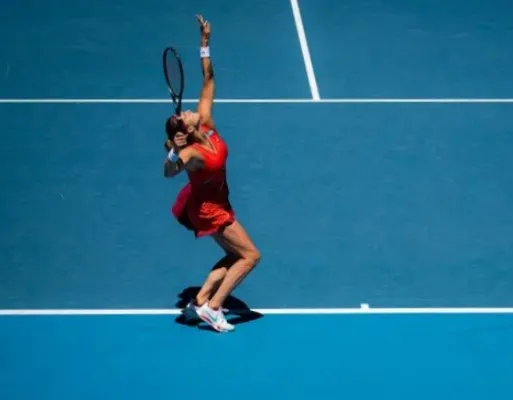
Aryna Sabalenka hasn’t been afraid to turn to science to stack the odds in her favour. Besides biomechanics, she’s also been looking into advanced statistics.
In August 2022, I dedicated a post to this exciting topic and to Data Driven Sports Analytics (DDSA) run out of Australia by Shane Liyanage, which has Aryna on its client roster.




